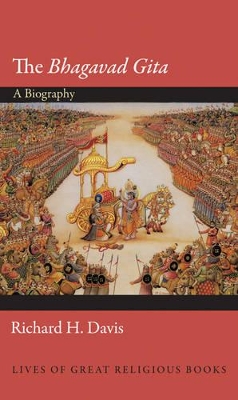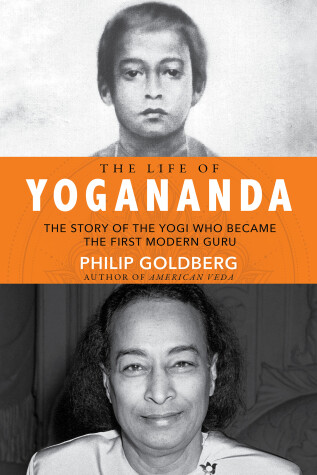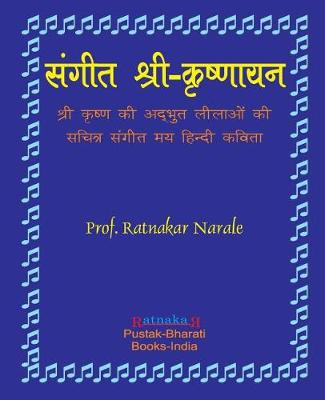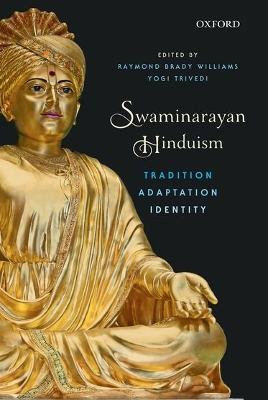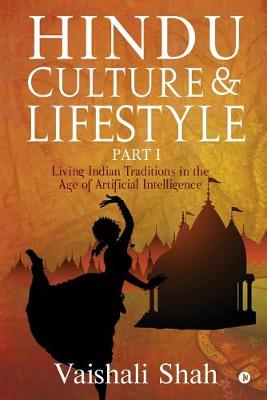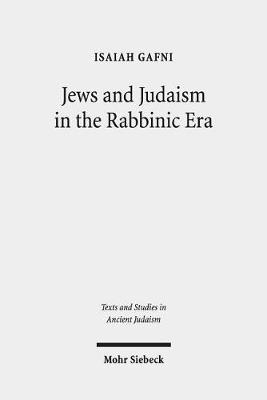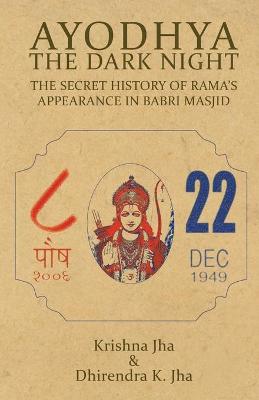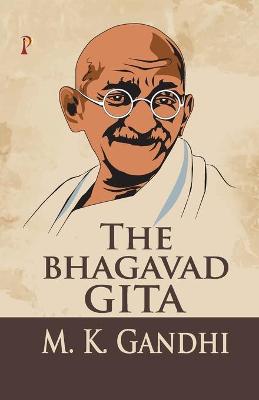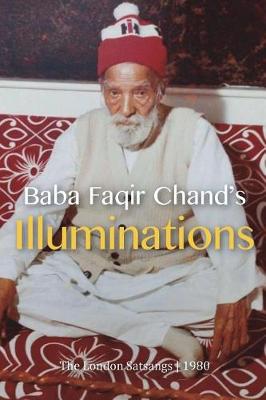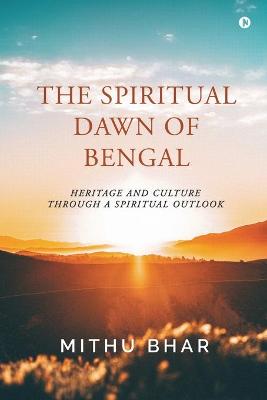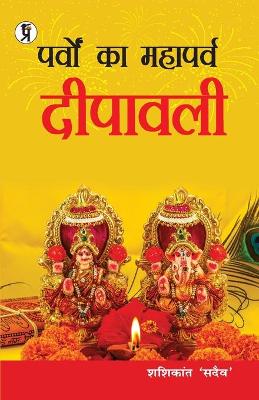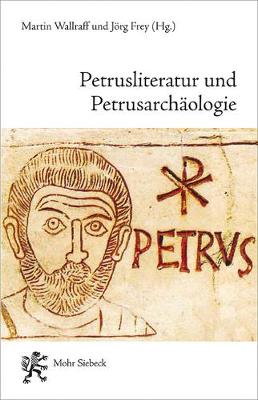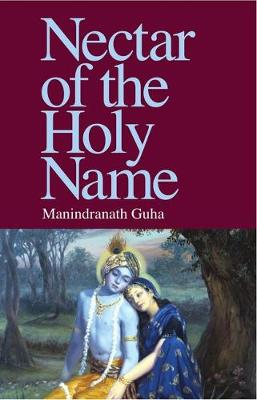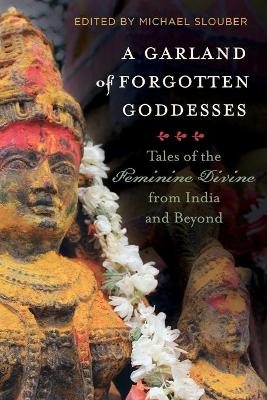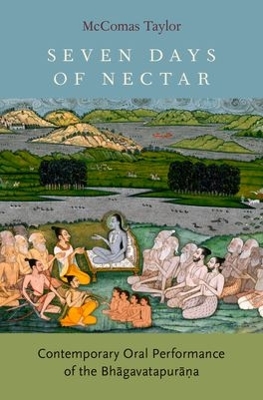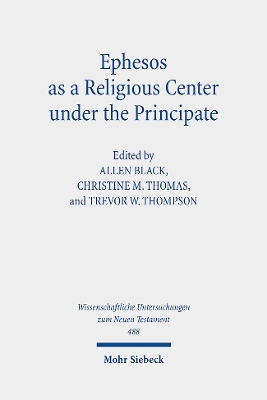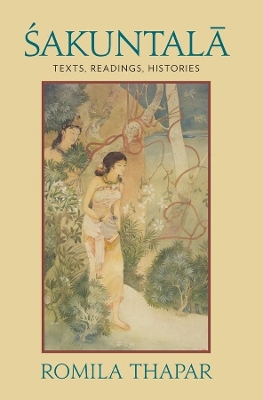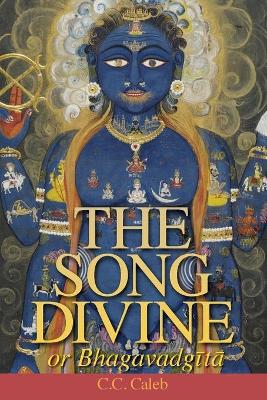The Bhagavad Gita (Lives of Great Religious Books)
by Richard H Davis
The Bhagavad Gita, perhaps the most famous of all Indian scriptures, is universally regarded as one of the world's spiritual and literary masterpieces. Richard Davis tells the story of this venerable and enduring book, from its origins in ancient India to its reception today as a spiritual classic that has been translated into more than seventy-five languages. The Gita opens on the eve of a mighty battle, when the warrior Arjuna is overwhelmed by despair and refuses to fight. He turns to his cha...
Sound and Communication (Religion and Society)
by Annette Wilke and Oliver Moebus
In Hindu India both orality and sonality have enjoyed great cultural significance since earliest times. They have a distinct influence on how people approach texts. The importance of sound and its perception has led to rites, models of cosmic order, and abstract formulas. Sound serves both to stimulate religious feelings and to give them a sensory form. Starting from the perception and interpretation of sound, the authors chart an unorthodox cultural history of India, turning their attention to...
"A brilliant account of what history will recognize as one of the most significant lives of the 20th century." - Ken Wilber, author of The Religion of Tomorrow He was called "the 20th century's first superstar guru" (Los Angeles Times), and today, a century after his 1920 arrival in the United States, he's still the best known and most beloved of all the Indian spiritual teachers who have come to the West. Now, finally, Paramahansa Yogananda has the authoritative biography he deserves. Yogananda...
Sangit-Shri-Krishnayan, Hindi Edition संगीत श्री-कृष्णायन, हिन्दी
by Ratnakar Narale
Swaminarayan Hinduism
Swaminarayan Hinduism is rooted in its formation in India at the cusp of the early modern and colonial period. This book explores the new discoveries, recent research and interpretation of the history, doctrine, devotional arts, and transnational developments provide a foundation for a more comprehensive understanding of contemporary Swaminarayan growth, belief and practice. The themes that trace through the analyses are tradition and adaptation in the historical and social process of creating a...
Jews and Judaism in the Rabbinic Era (Texts and Studies in Ancient Judaism, #173)
by Isaiah M. Gafni
This collection of essays by Isaiah M. Gafni reflects over forty years of research on central issues of Jewish history in one of its formative eras. Questions relating to representations of the past, beginning with Josephus but primarily in rabbinic and post-rabbinic literature, represent an axial theme in this volume. Throughout the collection the author addresses the tension between realities on the ground and the historiography that shaped the image of that reality for all subsequent generati...
The World of Greek Religion and Mythology (Wissenschaftliche Untersuchungen zum Neuen Testament, #433)
by Jan N. Bremmer
In this wide-ranging work on Greek religion and mythology, Jan N. Bremmer brings together his stimulating and innovative articles, which have all been updated and revised where necessary. In three thematic sections, he analyses central aspects of Greek religion, beginning with the gods and heroes and paying special attention to the unity of the divine nature and the emergence of the category 'hero'. The second section begins with a discussion of the nature of polis religion, continues with vario...
Der vierte Band der Aufsatze von Johannes Wallmann enthalt siebzehn Einzelstudien zu Themen der Gesamtgeschichte des Protestantismus. Er beginnt mit Beitragen zu Reformation und Konfessionellem Zeitalter, u.a. zu Luthers Friedensappell im Bauernkrieg, der als sein letztes Wort in diesem Krieg aufgewiesen wird, handelt dann von Pietismus und Aufklarung mit besonderem Augenmerk auf dem Verhaltnis zwischen Spener und Leibniz und der noch kaum erforschten Bedeutung Friedrichs des Grossen fur die eva...
Baba Faqir Chand's Illuminations
by David Christopher Lane and Faqir Chand
Petrus ist eine zentrale Gestalt des werdenden Christentums. Sie hat einen bedeutenden Zweig der Literatur gepragt, und es gibt schon fruh eine ebenso bedeutende Lokaltradition in Rom. Allerdings interagiert das eine mit dem anderen nur punktuell und erstaunlich spat. Der vorliegende Band leuchtet den differenzierten Befund aus neutestamentlicher und kirchenhistorischer Sicht aus. Die Beitrage behandeln die fruhe Petrusliteratur innerhalb und ausserhalb des Neuen Testaments sowie die archaologis...
Imagining the divine as female is rare-even controversial-in most religions. Hinduism, by contrast, preserves a rich and continuous tradition of goddess worship. A Garland of Forgotten Goddesses conveys the diversity of this tradition by bringing together a fresh array of captivating and largely overlooked Hindu goddess tales from different regions. As the first such anthology of goddess narratives in translation, this collection highlights a range of sources from ancient myths to modern lore. T...
The thousand-year-old Sanskrit classic the Bhagavatapurana, or "Stories of the Lord," is the foundational source of narratives concerning the beloved Hindu deity Krishna. For centuries pious individuals, families, and community groups have engaged specialist scholar-orators to give week-long oral performances based on this text. Seated on a dais in front of the audience, the orator intones selected Sanskrit verses from the text and narrates the story of Krishna in the local language. These sacre...
Ephesos as a Religious Center under the Principate (Wissenschaftliche Untersuchungen zum Neuen Testament)
Devotion to Artemis dominated the religious culture of ancient Ephesos. But she was not alone. The city of Ephesos and its environs offered a rich panoply of religious options, domestic and public. Structures, statutes, coins, inscriptions, and texts testify to the remarkable diversity of religious ideas and practices in Ephesos. Greek, Roman, Egyptian, and Jewish religious traditions found loyal adherents among residents and visitors. Gods, goddesses, heroes, and emperors were worshipped. The c...
The figure of Sakuntala appears in many forms throughout South Asian literature, most famously in the Mahabharata and in Kalidisa's fourth-century Sanskrit play, Sakuntala and the Ring of Recollection. In these two texts, Sakuntala undergoes a critical transformation, relinquishing her assertiveness and autonomy to become the quintessentially submissive woman, revealing much about the performance of Hindu femininity that would come to dominate South Asian culture. Through a careful analysis of s...
